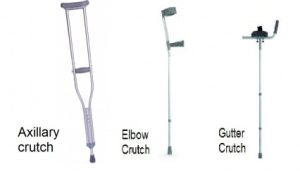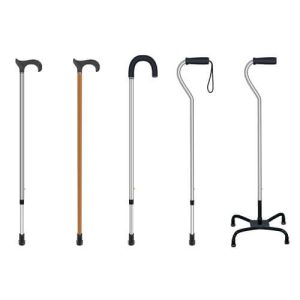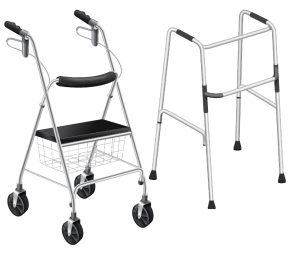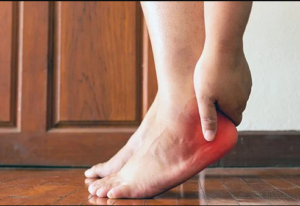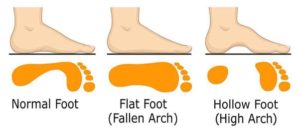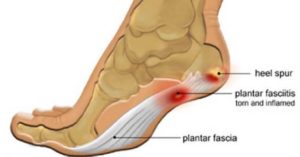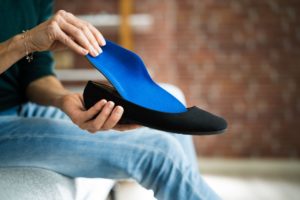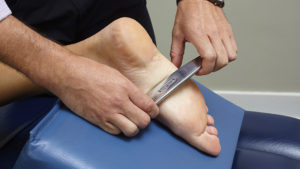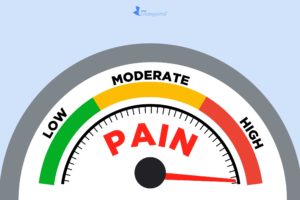What is Sciatica?
Sciatica is a pain in the back, neck, or buttock that radiates to the leg or arm. Sciatica is also quite common and affects almost 40% of adults. It travels through the sciatic nerve, which starts in your lower back and extends to run down your leg. A proper diagnosis that confirms and best sciatica treatment is all that you need to lead a pain-free life.
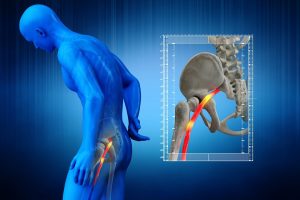
Sciatica pain
10 signs which confirm the diagnosis
Before knowing about sciatica treatment, one needs to understand the nature of pain. The symptoms of sciatica are as follows: –
- Calf pain – pain that stretches down the lower leg and back of the knee.
- Lower back pain running down the leg. A pull sensation from your lower back to buttocks and thigh, that further extends from calf to the foot.
- A pain in your butt or leg that worsens while prolonged sitting.
- Numbness in your leg or foot.
- Tingling sensation in your extremity (lower body).
- Persistent pain on one side of your butt.
- Muscle weakness in the distressful leg or foot.
- Shooting pain down the leg which makes it tough to stand up or extend the knee.
- Pain in one part of the leg while numbness in another part.
- Lastly, a sensation of pins and needles only in the toes or feet
Early Symptoms Of Sciatica
Apart from the 10 signs above, sciatica pain often starts in the back. However, occasionally, pain may start at the hip or knee; which may not look like sciatica. Although, you may feel isolated symptoms like feet numbness, knee pain, buttock pain, tingling, etc.
What contributes to Sciatica?
There are many factors that can lead to sciatic pain but the most common ones are listed below,
• Strain and Occupational Stress: People in more physically demanding jobs as a result affect your nerve.
• Obesity and genetic factors: The excess weight in the body put prolonged pressure on the backbone, leading to a slipped disc.
• Accidents and Injuries: Unexpected physical damage from accidents can crack the vertebrae and irritate the nerve.
• Gender: Studies have shown that men are more prone to slipped discs than women.
Treatment options available
Moreover, depending on the severity of the case, sciatica pain can be treated in the following ways:
• First, medication and pain management: Pain can be controlled with various pain relief treatments including medication.
• Second, surgery: In rare cases, the pain doesn’t subside for a prolonged period (6 weeks or more), and surgery can help relieve the pressure on the
sciatic nerve endings caused by Sciatica.
• Third, spine rehabilitation:

Effective exercises for Sciatica
There are multiple approaches to physical therapy in spine care and they can stabilize the spine and help patients with disability or restricted physical movement. This helps improve the mechanical functioning of the spine, manages pain, promotes regeneration of the affected tissue and disc, and with functional training, improves strength and flexibility.
• Lastly, even in the case of surgery, follow-up rehabilitation helps sustain and improve the results.
If you are experiencing any such symptoms, our team of qualified physiotherapists at Physio Now will help you diagnose and guide you through your treatment. Book your
appointment now!



